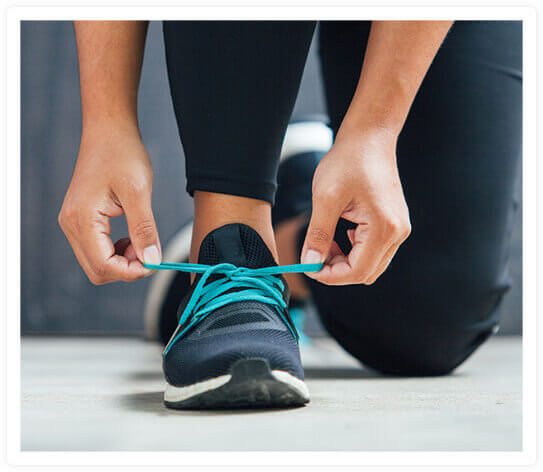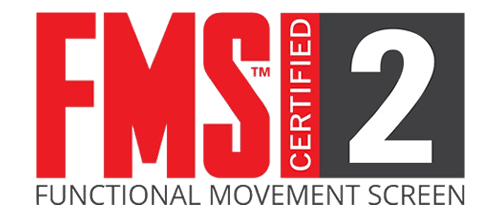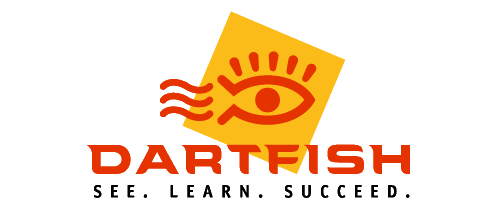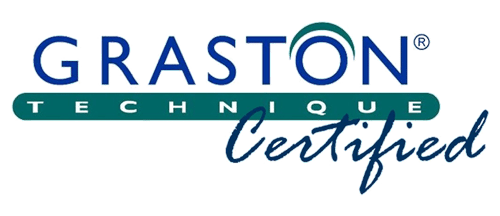Gait Training
Introduction
Treatment
At your initial evaluation, your physical therapist will examine your arms and legs. Measurements will be taken to see how far you can move your joints and how strong your muscles are. Your therapist will assess your balance and posture while you are sitting and standing. He or she will look for signs of sores, deformities, or swelling.
You should tell your physical therapist about your symptoms, concerns, and specific goals. Your therapist will ask you about your home and work environment to find out about the type of surfaces you need to walk on and how many steps you have to go up or down. Your therapist will create a treatment plan that incorporates your goals for functional improvement and independence.
Components of gait training vary and depend on the type of condition you have, the extent of your condition, and your goals. It is common for therapy to include strengthening and stretching exercises. Your physical therapist may fabricate an orthosis or brace to provide support to your ankle while you walk. Your physical therapist can help you learn to walk with leg braces or a prosthetic device. Additionally, your physical therapist can issue walking aids such as canes or walkers to help with balance.
It is helpful to have a physical therapist and an occupational therapist perform a home evaluation. They will assess your ability to maneuver in your home and make recommendations for safe ambulation, such as removing cords or throw rugs from the floor. An occupational therapist can recommend durable medical equipment, such as a bedside commode, to help you maintain your independence as your function improves. As your abilities improve, your physical therapist will upgrade your program to match your new skills and goals.

Copyright © - iHealthSpot Interactive - www.iHealthSpot.com
This information is intended for educational and informational purposes only. It should not be used in place of an individual consultation or examination or replace the advice of your health care professional and should not be relied upon to determine diagnosis or course of treatment.
The iHealthSpot patient education library was written collaboratively by the iHealthSpot editorial team which includes Senior Medical Authors Dr. Mary Car-Blanchard, OTD/OTR/L and Valerie K. Clark, and the following editorial advisors: Steve Meadows, MD, Ernie F. Soto, DDS, Ronald J. Glatzer, MD, Jonathan Rosenberg, MD, Christopher M. Nolte, MD, David Applebaum, MD, Jonathan M. Tarrash, MD, and Paula Soto, RN/BSN. This content complies with the HONcode standard for trustworthy health information. The library commenced development on September 1, 2005 with the latest update/addition on February 16, 2022. For information on iHealthSpot’s other services including medical website design, visit www.iHealthSpot.com.






